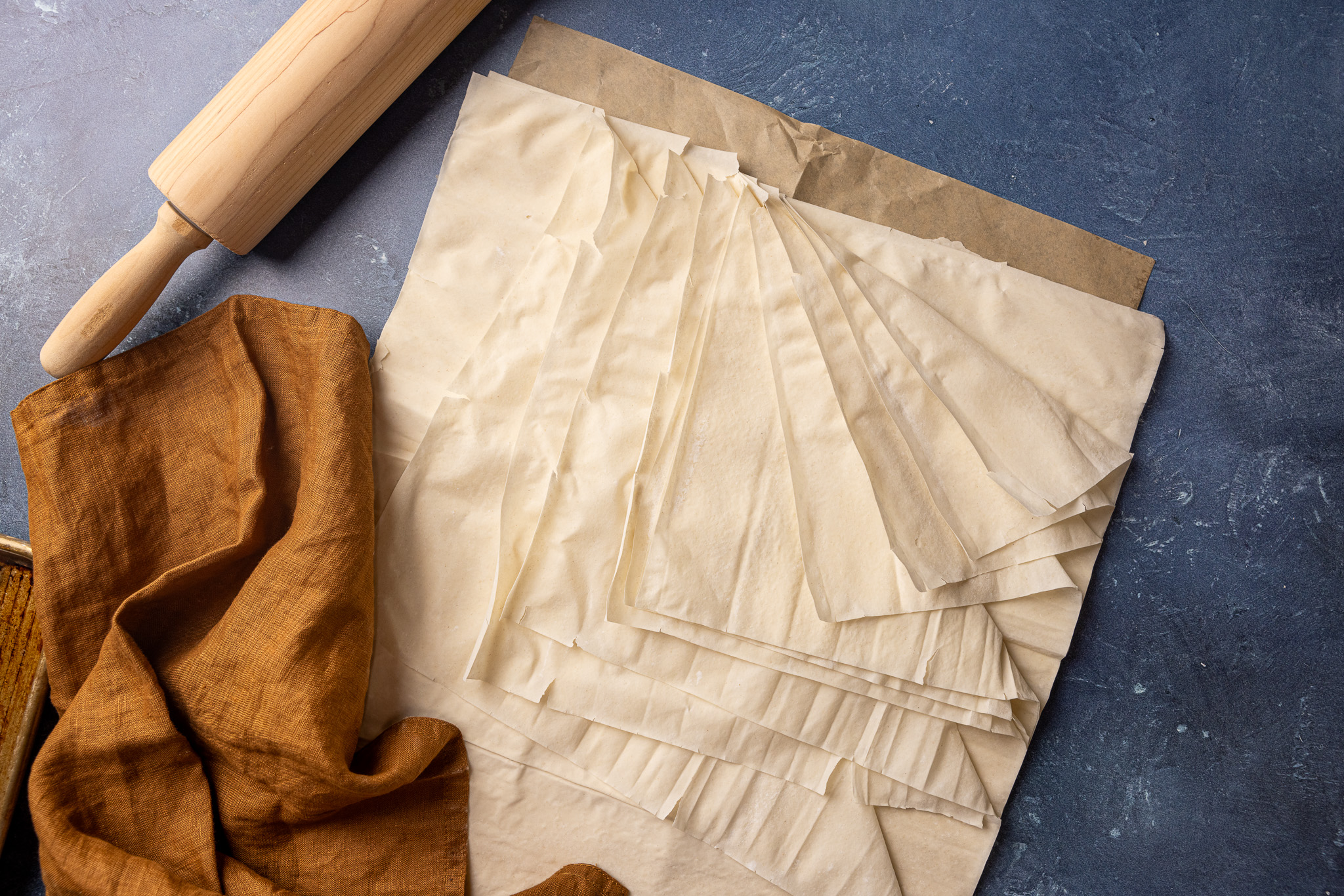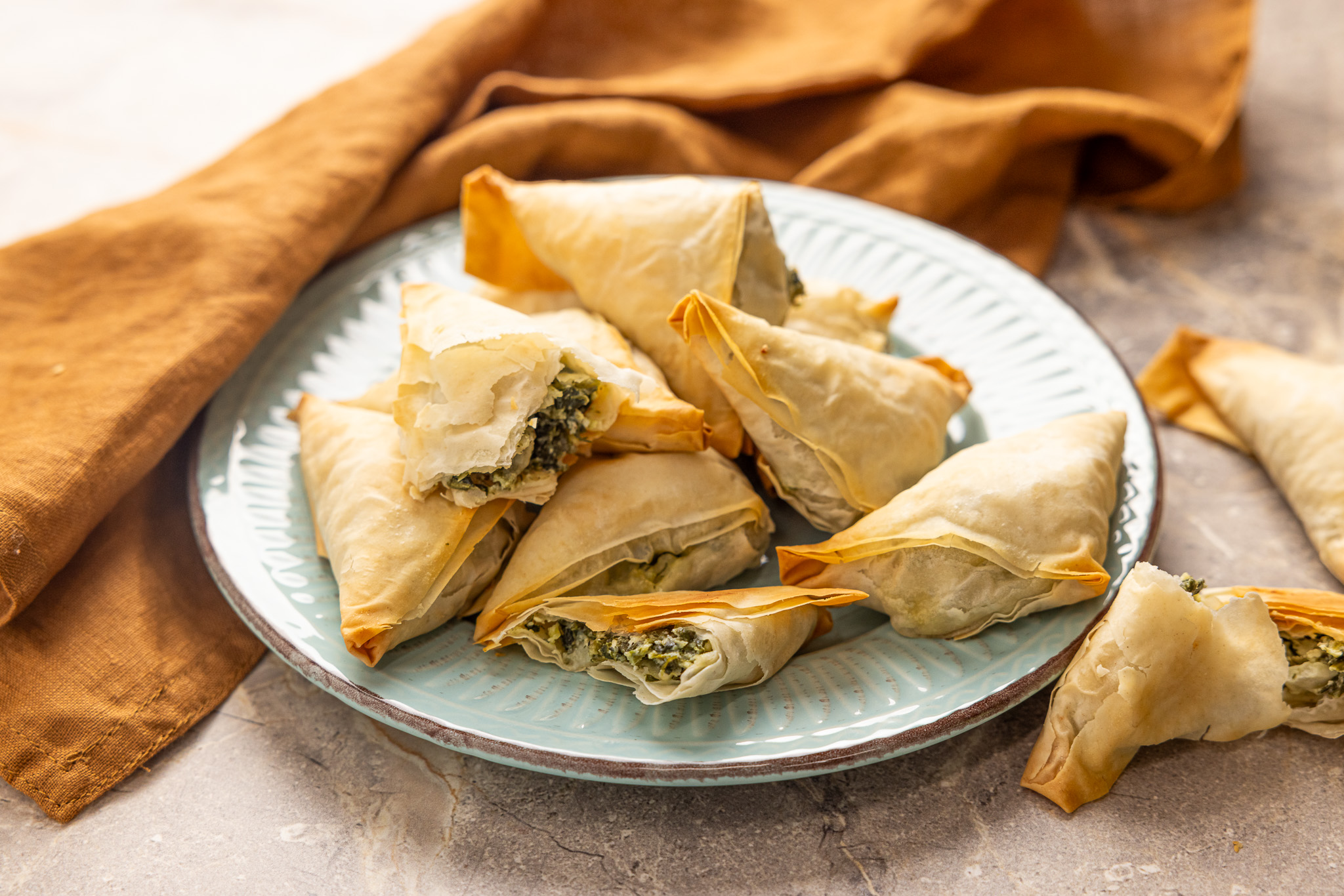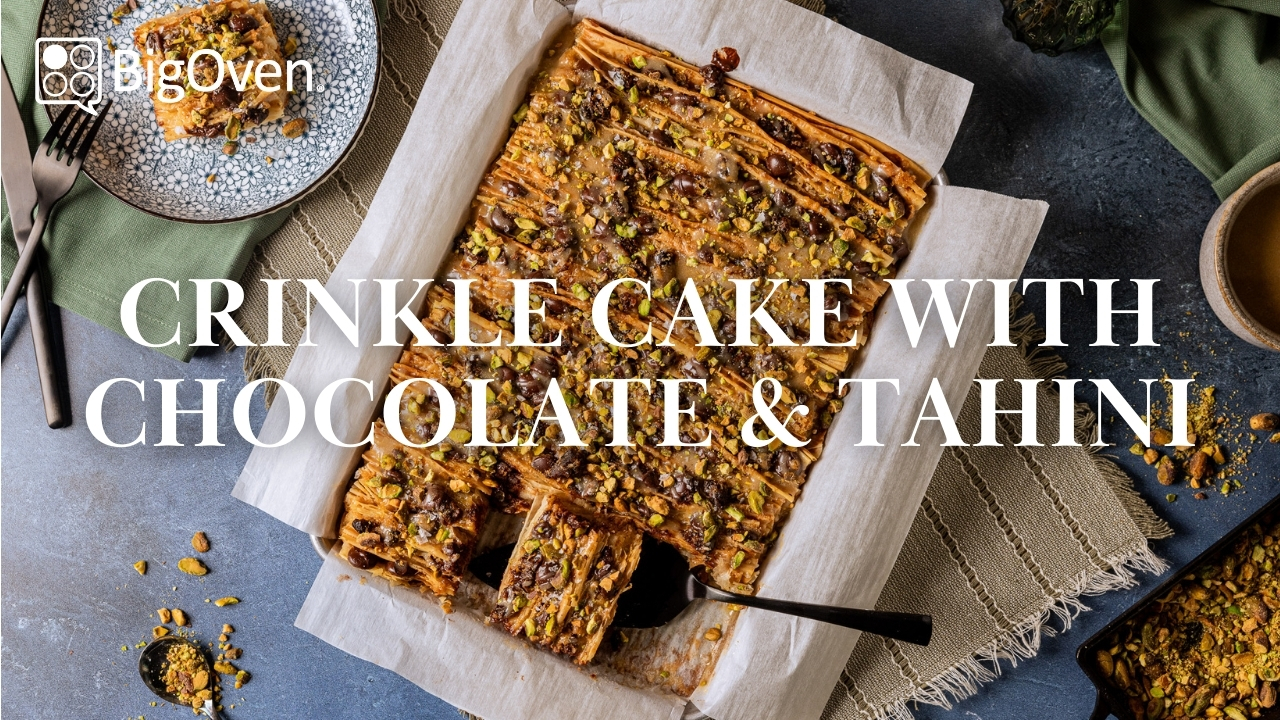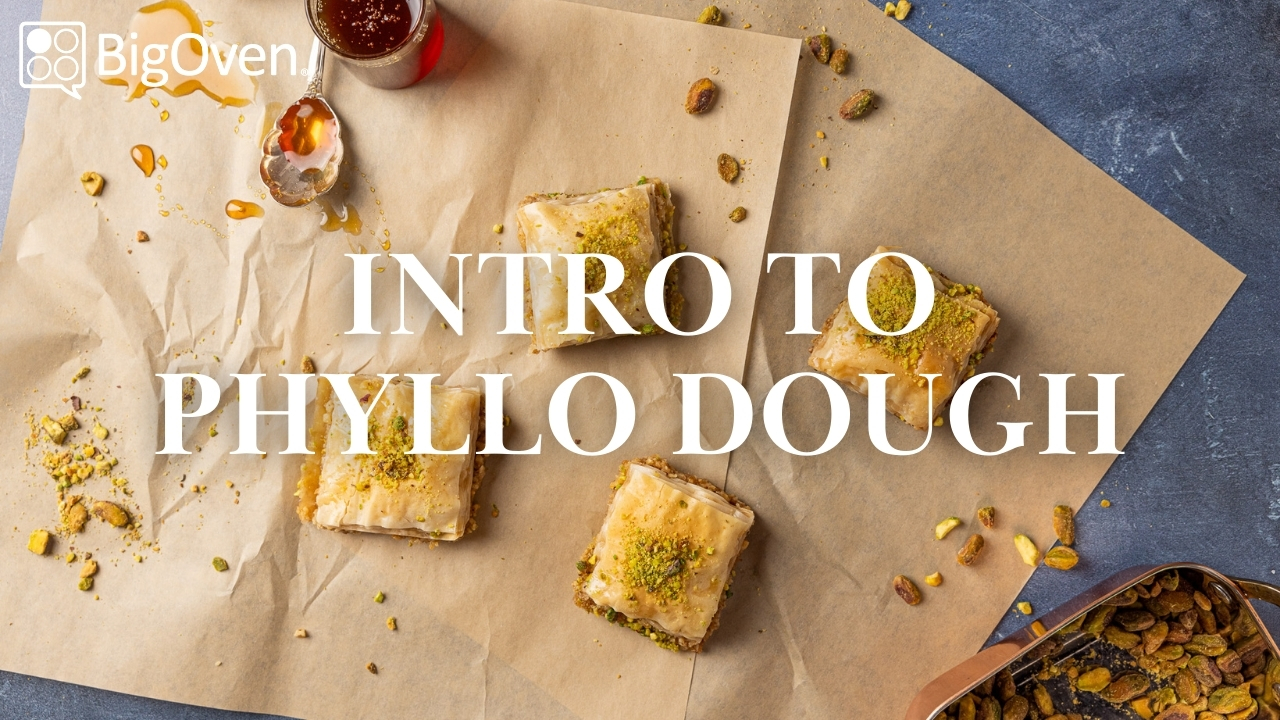
Intro to Phyllo Dough
Phyllo, or filo, is a thin and flaky pastry dough. Quintessential to baklava and spanakopita, it's loved in regions throughout the world for its unique texture and versatility. But, you might not know that this delicate pastry is easy to use in your kitchen and can be found at your local store.
What Is Phyllo Dough
Phyllo is an unleavened dough stretched into paper-thin sheets and used in sweet and savory pastries and pies. The thin sheets of dough are layered, brushed with butter, and baked with a variety of fillings and toppings, creating an unique pastry that is enjoyed in cultures across the world.
While phyllo pastries showcase layers of dough, it differs from other layered pastries (like puff pastry and croissants) in its lack of fat content and lamination. Phyllo is made from flour, water, and a small amount of oil and is rolled thin. By contrast, puff pastry and croissants roll layers of butter into the dough multiple times to achieve lamination.
Because phyllo sheets are layered individually, the resulting texture has an undeniable crunch that is unlike any other pastry.
History and Origins
There are early references to phyllo in several countries, but most historians agree that its origins began during the Byzantine period. It has roots in Middle Eastern and Balkan cuisines, with Homer's Odyssey referencing thin breads sweetened with walnuts and honey in 800 B.C.
Though its history is somewhat unclear, it remains an enduring staple in these cultures through a variety of traditional pastries and pies.
Common Uses in Cooking
In addition to pairing with both sweet and savory ingredients, phyllo is incredibly versatile because it can be layered, folded, rolled, or ruffled. Some of the more popular variations include:
Baklava (Greek) - layers with chopped nuts and honey
Spanakopita - savory spinach pie
Banitsa (Bulgarian) - rolled with a creamy yogurt cheese mixture
Bougatsa (Greek) - creamy custard breakfast pastry
Bülbül Yuvasi (Middle-Eastern) - circular rings with pistachios and syrup
Bundevara (Serbian) - sweet pie with pumpkin
Flia (Albanian) - layers brushed with cream and served with sour cream
Gibanica (Balkan) - white cheese and egg pie
Pastizz (Maltese) - savory pastry with ricotta or mushy peas
Making phyllo dough takes time and skill. Traditionally, it is rolled and stretched into a large thin sheet on a big table with a marble top using a long, thin rolling pin. Today, it is often rolled by machine to keep the layers thin and consistent. It is definitely not the kind of dough you want to make by hand!
But, don't let those thin layers scare you off. Phyllo dough can be found at most neighborhood grocery stores in the frozen section (or fresh, if you're lucky). It is incredibly easy to incorporate into your everyday kitchen and is the base for showstopping pastries and savory pies.
Tips for Working with Phyllo Dough
Patience and a delicate hand will yield the best results when working with phyllo dough. But, trust us, it's a cinch once you get the hang of it! Here are a few tips to get you started:
1. Follow the recommended thawing instructions. Most packages require thawing the dough in the refrigerator overnight. Skipping this or rushing the process can lead to cracked sheets, so plan ahead to thaw correctly.
2. Set aside enough prep time. The process of filling, layering, or rolling the dough is therapeutic but takes time. So, pour a glass of wine or a cup of tea and allow plenty of time so you're not rushed.
3. Prepare and organize your toppings and fillings before working with the dough. Having your ingredients and tools mise en place will make the process easier and more efficient.
4. Keep dough covered. Because the sheets are so thin, the dough can dry out as you work. Place a sheet of plastic wrap or a slightly damp towel over the dough to keep it moist and pliable.
5. Practice your folds. If you are rolling or folding the dough, practice with a single sheet of phyllo to get the hang of it before you get started.
6. Brush layers with butter. Have melted butter in a dish and a brush handy so you can brush each layer before topping to ensure a crisp golden brown and the perfect texture throughout.
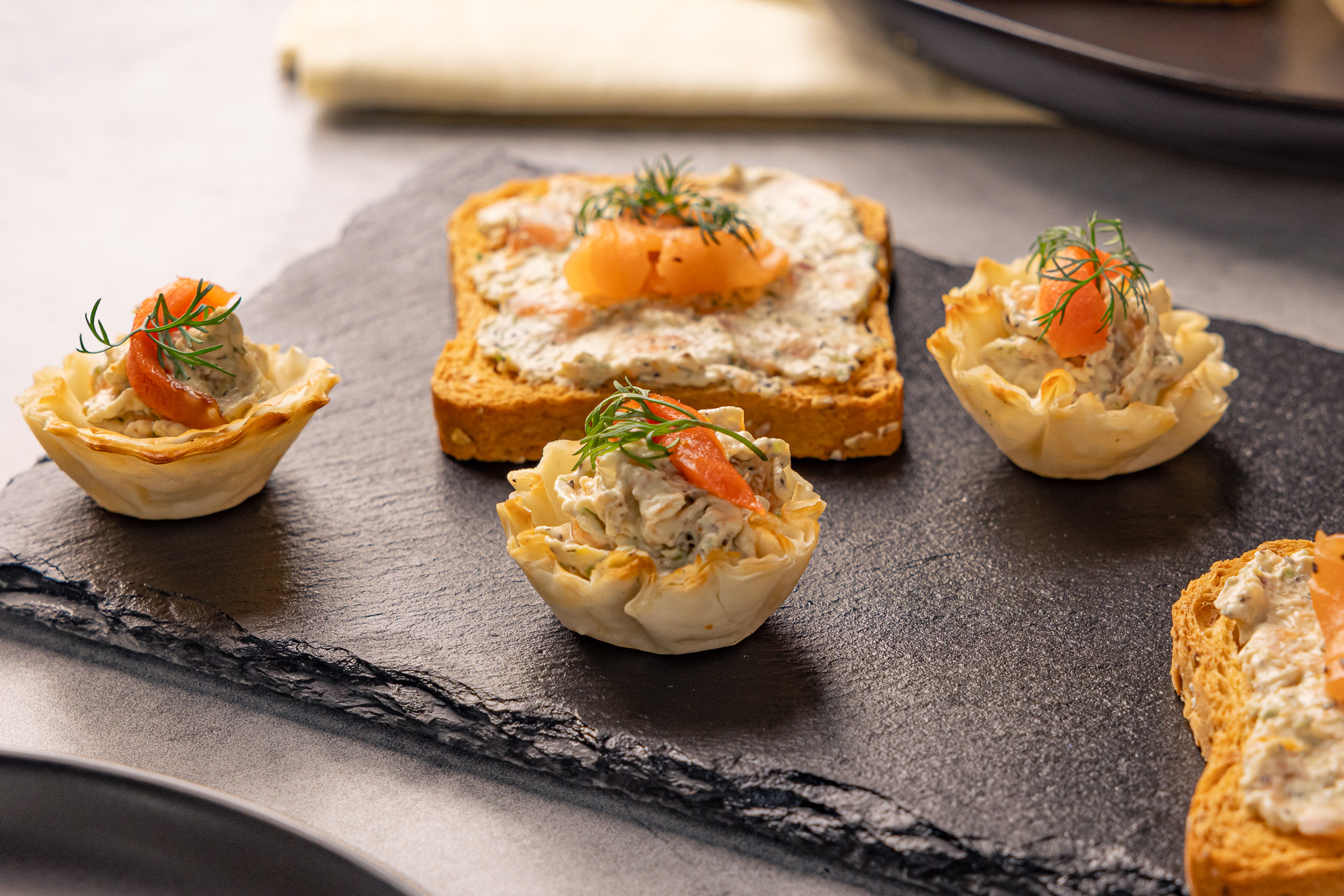
Our Favorite Ways to Use Phyllo Dough
The variety of ingredients that can be paired with phyllo is virtually endless. The flaky layers are the perfect vessel to showcase a bounty of fresh vegetables. We're also big fans of a classic pot pie reinvented between the delicate flakes of pastry.
Elegantly crisp and perfect as bite-sized pieces, phyllo is a natural showstopper in appetizers or hor d'oeuvres. Mini phyllo shells can be found in the freezer section of your local store and filled with a simple dip or spread, like in these recipes for Salmon Mousse Canapes or Cranberry Brie Bites.
Admittedly, one of our favorite ways to use phyllo is as a dessert. The thin sheets of dough are the perfect nooks and crannies for the sweet ingredients. In fact, we've never met a phyllo pastry that didn't have the perfect ratio of dough to toppings.
Classic fruit pies beautifully reinterpreted with phyllo pastry, think apple pie or apple strudel. Or, if you're looking for something more inspired, this Crinkle Cake with Chocolate and Tahini is the perfect balance of sweet and umami with a sprinkle of crushed pistachios and flaky sea salt.
